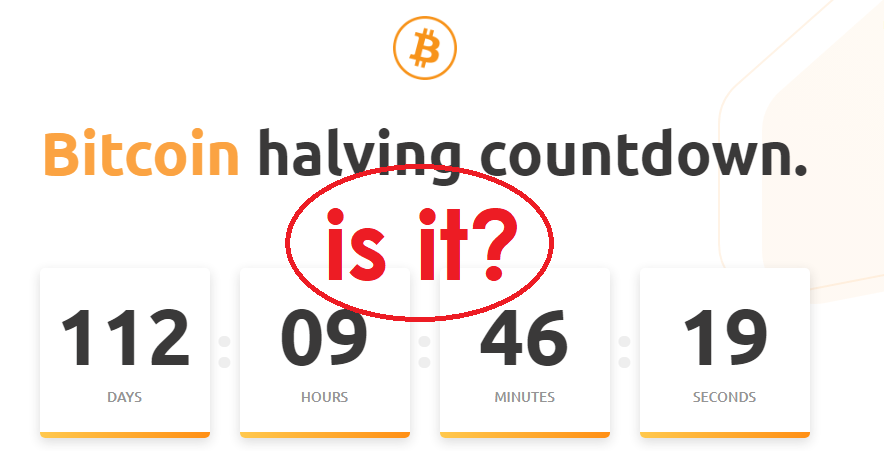
Why it is impossible to know the exact date of Bitcoin Halving
Bitcoin halving events are pivotal moments in the cryptocurrency world. In this article, we'll explore the factors contributing to the uncertainty surrounding Bitcoin halving dates.
Hi, I'm Jenny, a Crypto Girl enthusiast. I write about topics that interest me. If you want to support my work, COLLECT my articles. Your support means a lot to me! Thank you!

Bitcoin halving events are pivotal moments in the cryptocurrency world, impacting the issuance of new coins and often influencing market dynamics. While these events are closely watched and eagerly anticipated, determining the exact date of a Bitcoin halving proves to be a challenging task. In this article, we'll explore the factors contributing to the uncertainty surrounding Bitcoin halving dates.
1. Variable Block Time:
Bitcoin operates on a proof-of-work consensus mechanism, and new blocks are added to the blockchain approximately every 10 minutes. However, the actual time it takes to mine a block can vary due to factors like network hash rate fluctuations and the mining difficulty adjustment. This variability introduces uncertainty into the calculation of when a specific block height, signaling a halving, will be reached.

The Bitcoin halving events occur approximately every four years, specifically after every 210,000 blocks are mined. The past two halving events took place in 2012 and 2016. Given that the most recent halving occurred in May 2020.
If we look at the picture above, according to the current statistics, it could be said that the halving will take place between April 11 and the beginning of May.
2. Mining Difficulty Adjustment:
To maintain a consistent block time despite changes in network hash rate, Bitcoin adjusts the mining difficulty approximately every two weeks. This adjustment aims to keep the average block time close to 10 minutes. The variable nature of mining difficulty introduces another layer of uncertainty, making it challenging to predict when a halving event will occur with pinpoint accuracy.
3. Time Zone Variations:
Bitcoin halving events are based on block heights, but the concept of time zones introduces a degree of imprecision. Different nodes across the globe may report slightly different block heights due to variations in network latency. This decentralized nature of the Bitcoin network, while a strength for security and resilience, adds a layer of uncertainty when it comes to synchronized timekeeping.
4. Network Upgrades and Forks:
The Bitcoin network occasionally undergoes upgrades or forks, such as the implementation of software improvements or changes to consensus rules. These events can potentially impact the timing of a halving, as they may involve adjustments to block intervals or changes in how the network operates.
If you want to order a Tangem hardware wallet today, enter the promo code: CKC for an additional 10% discount.
Official Tangem website:
https://tangem.com/en

Tangem wallet — here’s what it can handle.
5. Human Error and Interpretation:
Despite the precision of blockchain technology, errors can still occur, and interpretations of the blockchain data may differ. This can lead to variations in reported block heights and, consequently, uncertainty regarding the exact moment of a halving.
The Inherent Unpredictability
Bitcoin halving events are programmed into the cryptocurrency's code and occur approximately every four years or after every 210,000 blocks. While this provides a general timeframe, the exact date remains elusive due to the dynamic and decentralized nature of the network.
As Bitcoin continues to mature, efforts to improve accuracy in predicting halving dates may emerge. However, the inherent complexity of blockchain dynamics, coupled with the decentralized and ever-evolving nature of the cryptocurrency landscape, means that pinpointing the exact date of a Bitcoin halving remains an elusive target. Investors, enthusiasts, and analysts must navigate this inherent uncertainty, appreciating the decentralized and resilient nature of Bitcoin while acknowledging the challenges of predicting specific events in this dynamic ecosystem. And good luck!
Thank you for reading!
Please wait a second. If you want to support my work, I would be very grateful if you would collect it.


